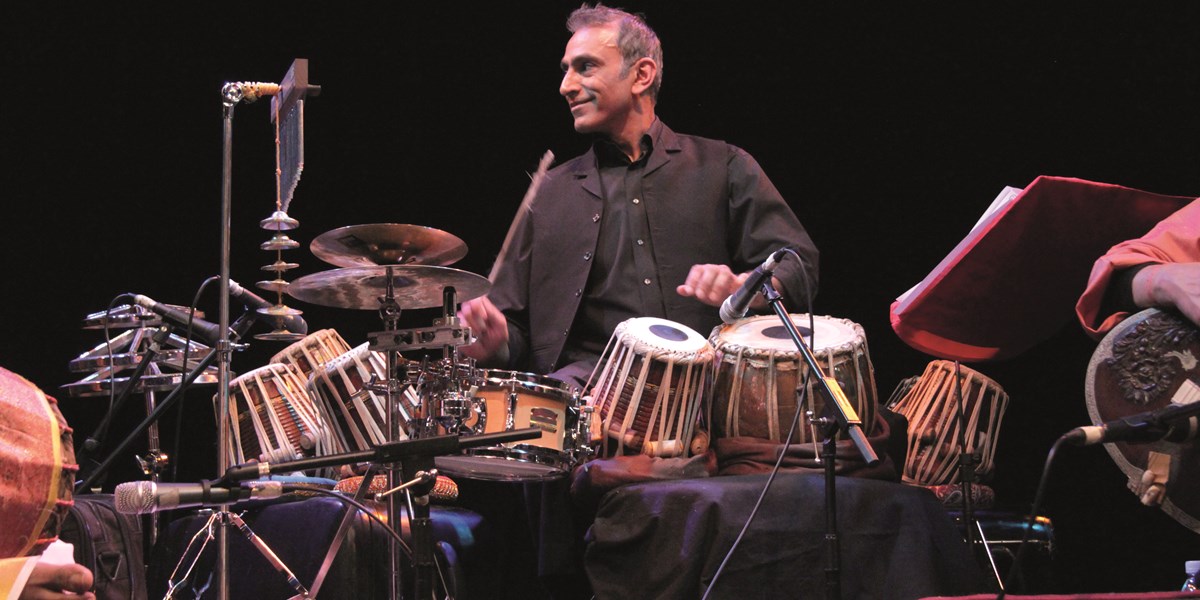Sunday, March 21, 2021
Tabla | Musical Instrument Guide (with Kuljit Bhamra)
Max Reinhardt speaks to Kuljit Bhamra, the go-to musician and composer for UK-Asian West End musicals and film scores, about the instrument that is at the root of his ever-evolving career

Kuljit Bhamra's constantly changing fusion kit (photo by Ammy Phull)

Register now to continue reading

Thanks for visiting the Songlines website, your guide to an extraordinary world of music and culture. Sign up for a free account now to enjoy:
- Free access to 2 subscriber-only articles and album reviews every month
- Unlimited access to our news and awards pages
- Our regular email newsletters

